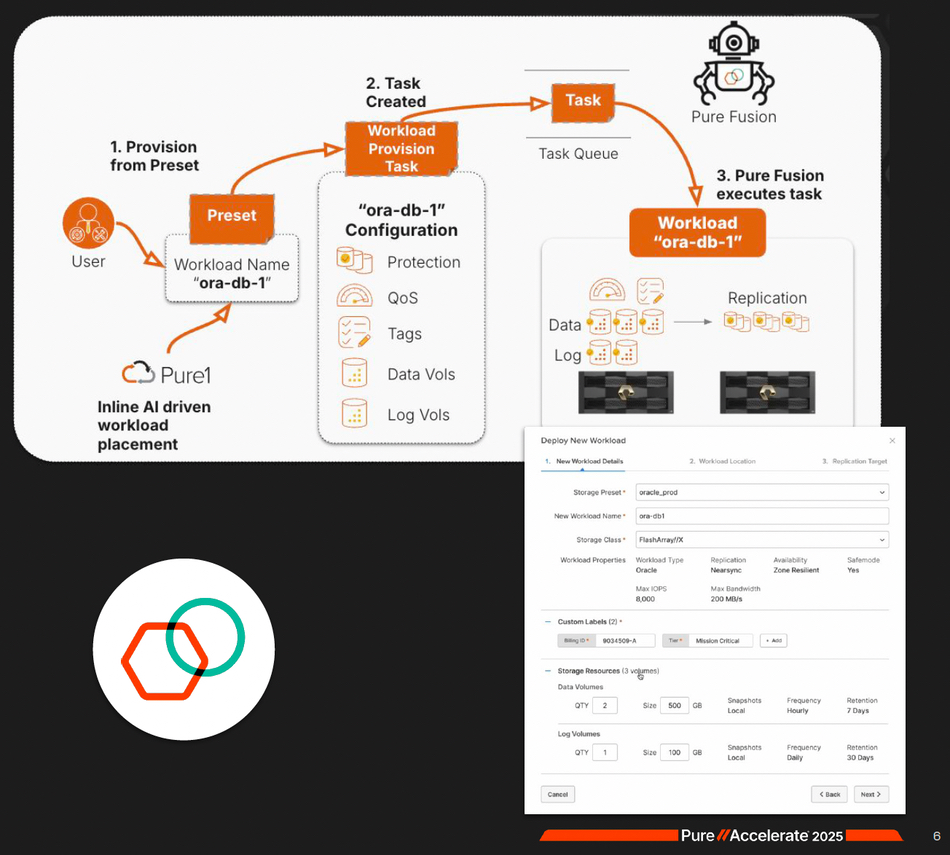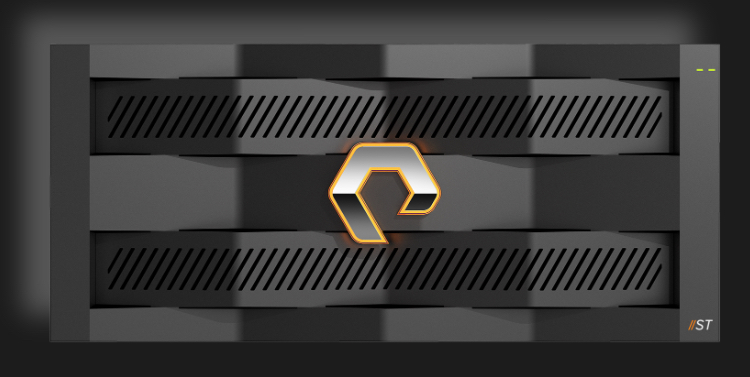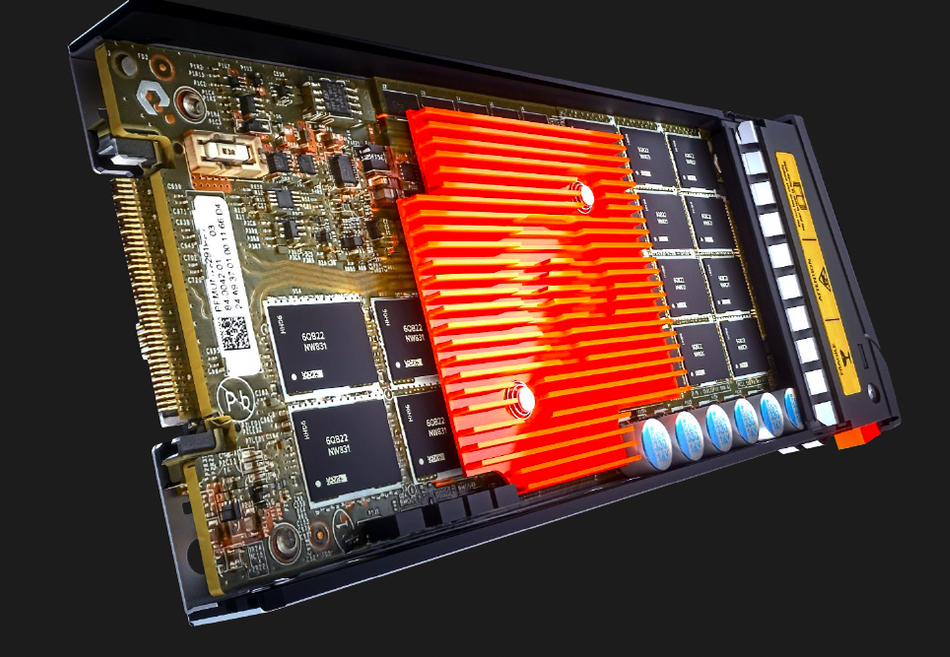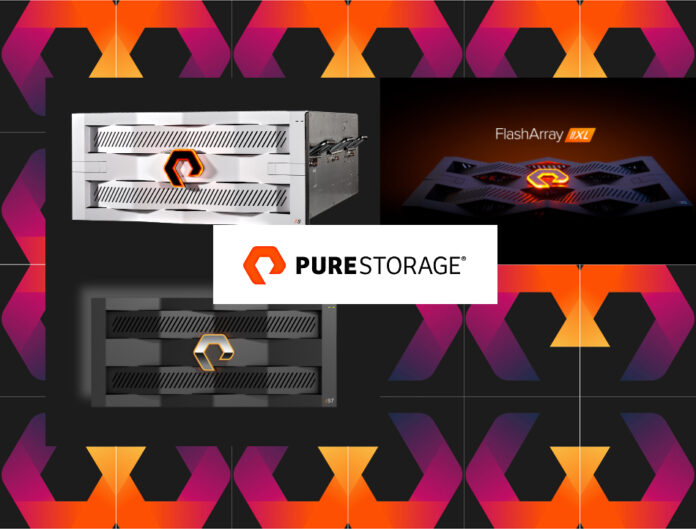Pure Storage unwrapped its previously trailed Enterprise Data Cloud architecture in Las Vegas this week as it kicked off its Accelerate 2025 customer event.
The platform’s debut delivers on its promise during its earnings announcement last month to allow customers “to create their own enterprise data cloud, allowing them to focus more on their business outcomes rather than their infrastructure.”
The flash-only vendor said this week that the Enterprise Data Cloud “gives organizations the ability to easily manage their data across their estate with unrivalled agility, efficiency and simplicity.”
Pure says the architecture will allow IT teams to “centrally manage a virtualized cloud of data with unified control – spanning on-premises, public cloud, and hybrid – enabling intelligent, autonomous data management and governance across the entire environment.”
The service is built on its Pure Fusion platform, which CEO Charles Giancarlo claimed is the only solution offering the ability to manage customers’ global data estates.
To achieve all this, Fusion now gets new presets, remote provisioning for fleet-wide file, block, and object, and orchestrated intelligent workflows that can be deployed across the entire IT environment. Fusion is natively built into Pure arrays, which are self-discoverable, allowing automatic integration into the fleet without requiring in-depth storage admin configuration. Every array is an endpoint and admins can manage the fleet from any systems. They no longer need to plan and tune deployments, reducing the risk of non-compliance and improving resiliency by ensuring that workloads are provisioned correctly from the beginning.

The platform includes an orchestration hub, with automation templates for functions like DRaaS and data provisioning, and has integrations with Rubrik Security Cloud and Crowdstrike Logscale. When Rubrik Security Cloud detects a threat, Pure Fusion automates tagging of indelible SafeMode snapshots, using Rubrik’s ransomware scanning to pinpoint clean data for fast restore. Pure says it is working with CrowdStrike to provide the first validated, on-premises, resilient, and secure storage for Falcon LogScale and its log analytics, instant search, and security capabilities. This provides accelerated threat detection, hunting, investigation, and response, while maintaining control of on-premises, self-hosted environments.
Why do we need an EDC?
Pure’s international CTO, Alex McMullan, put the announcement in the context of broader changes in how businesses are looking at information. Those range from resiliency and privacy issues, and the rush to get data into AI, and AI into production.
“That’s pushing back in terms of how data is stored, structured, managed, and getting away from six copies of the data each data science team has in a warehouse,” he said. “Because if it’s not centralized with one set of data, then the output of that is junk.”
Economic concerns and data sovereignty issues were also drivers, he said. This meant data teams were moving to a hybrid cloud strategy, “where it makes sense… but at the same time desperately trying to ring fence everything.”
McMullan said the new Fusion workflows could be “built into your existing workflow system, whether that’s ServiceNow, whether that’s one of the other SaaS capabilities.”
He said that it was expanding its VMware protection beyond AWS EC2 to “being able to do from on-prem VMware to any other VMware capability anywhere in the world.” Pure Protect offers recovery for on-prem VMware to a customer-provided VMware site, in addition to recovery to AWS EC2, on-premises to cloud, and self-service disaster recovery assessments. It has on-demand recovery and flexible failover options so customers can cost-effectively maintain business continuity.
The firm also announced that its AI Copilot is now generally available. This is an always-on assistant that delivers personalized, fleet-aware insights, with agents available for topics including security information, performance issues, digital commerce, sustainable operations, and support issues.
FlashArray and FlashBlade
Pure also unveiled a slew of hardware updates as well, with John Colgrove, co-founder and Chief Visionary, saying: “Pure Storage delivers the magic by rejecting the norms we’ve come to accept for storage infrastructure; they are what’s holding us back within this new era of exponential data growth and logarithmic growth of insight value.”

The FlashArray//XL has been bumped up to Release 5 to bring it in line with the rest of the range. It is now based on Intel’s Emerald Rapids processors. It offers up to 1.9 PB raw capacity, 50 percent more than before per-RU, 7.4 PB effective. McMullan said it doubled the IOPS performance of the previous box per rack unit compared to the previous generation, with increased DRAM and almost 200 cores. The firm claims it supports 300 more VMs per TB than other systems and provides up to 200 percent net new orders per RU running an OLTP database against competitive offerings.
“It’s the biggest performance bump we’ve ever shipped in a platform,” McMullan said. This was down to customer demand, he said, as “customers are now forced more and more to size to peak.”
A new FlashArray//ST (yes, FAST) is pitched at low-latency workloads, such as in-memory and scale-out and sharded databases, and is a block-only system, not supporting file. Mullan said it had “stripped out any data service that would cause latency” and “instead of using our own flash drives in there what we are using are the highest performance storage, so as to deliver over 10 million IOPS from a 5RU chassis through an optimized IO path.” Its front-end controllers operate active-active, while back-end controllers operate on active-standby, ensuring that unexpected outages and planned upgrades are non-disruptive.

Pure says FlashArray//ST is particularly attractive when customers can derive quantifiable business value directly from performance, including use cases like SAP HAHA, SQL Server transaction logs, or electronic health records (EHR) – where performance can directly impact patient outcomes. We asked what specific SSDs are being used but Pure did not reveal them, saying: “We don’t comment on specific suppliers or components. That said, because FlashArray//ST is designed for maximum performance, we continuously collaborate with our Flash partners to qualify the fastest, enterprise-grade SSDs as the market evolves.”
Its latency is as low as 55 μs (microseconds), which compares to the FlashArray//XL170 with its 150 μs to 1 ms latency. The current capacity of the FlashArray//ST is 102 TB and Pure plans to make larger systems of up to 400 TB available in the next few months.
McMullan said this off-the-shelf fast SSD use does not herald broader adoption of non-Pure drives. If the demand was there, he said, it would build its own drives. “We still view this as a very interesting niche for high-end apps, but not enough addressable market for us to do our own at this point.”
Pure is introducing 300 TB raw capacity QLC DirectFlash Modules (DFMs), its proprietary NAND drives, double the existing top end 150 TB DFM capacity. It has now doubled the density of its largest QLC DFMs twice over two years, from 75 to 150 and now 300 TB. The current largest off-the-shelf SSDs are at the 122 TB level, with SK hynix promising a 256 TB drive in the future.

In another first for the FlashArray line, it gets object support through enabling the S3 protocol, except for the FlashArray//ST which is block-only. Pure says this creates “a true single architecture for block, file and object across the entire Pure Storage platform.” It’s promising cloud interoperability for FlashArray’s object support as a future roadmap item.

FlashBlade//S goes up to R2 level, getting boosted performance with new S200 and S500 controller blades using Emerald Rapids CPUs and support for native 400 gig Ethernet. The system, supporting file and object protocols, performs up to 30 percent better than competitors in workloads such as genome sequencing, cyber-resiliency, and electronic design automation simulations. Pure claims it will accelerate RAG, AI training and inference, and simulation workloads faster than alternative offerings.

It will start at 60 TB per system, and hit 120 PB later this year.
Pure has extended its Evergreen// services with as-a-service, SLA-driven data management, featuring Evergreen//One offerings including an Adaptive Tier, Medical Imaging, add-on Snapshot Packages, and a Lower UDR (Unified Data Repository) Minimum. Customers can now start with a 750 TiB minimum. Read more about the Enterprise Data Cloud here.








